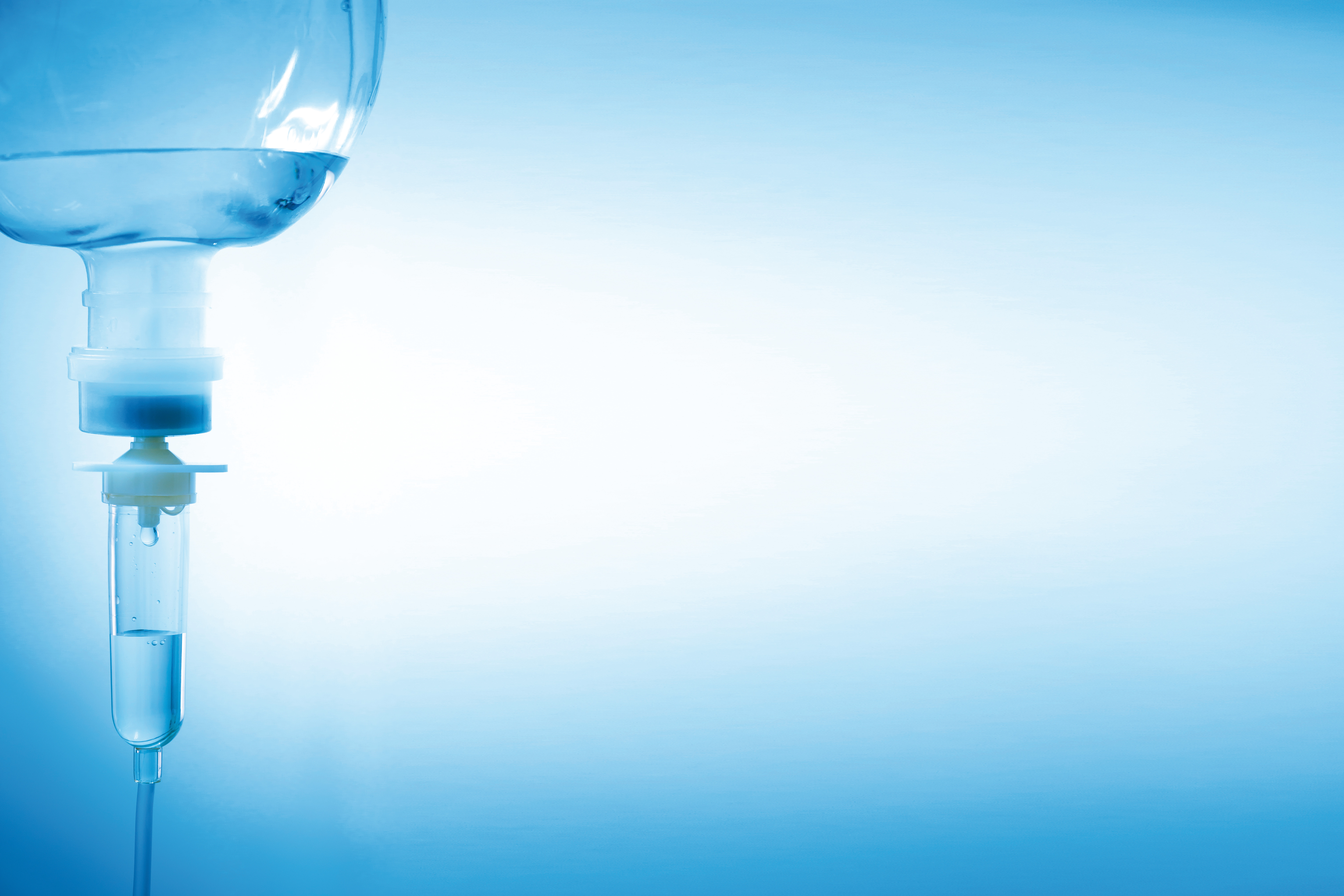New application for the TOC parameter
Testing of plastic packaging in the pharmaceutical industry

In the pharmaceutical industry plastic packaging is used in various forms – for example for intravenous bags, bottles, cartridges or pre-filled syringes. The packaging must be tested for suitability for these particular uses.
The United States Pharmacopeia has published two new chapters to this effect (661.1 and 661.2), which will be valid from May 2016.
- Chapter 661.1 describes the characterization and testing of the individual plastic materials used in the manufacture of the plastic packaging.
- Chapter 661.2 deals with the required testing of the final packaging system since packaging often consists of more than one plastic material.
Characterization takes place by identifying and determining the bio-compatibility, physio-chemical characteristics and extractable metals.
TOC – determination
The TOC parameter as an indicator for extractable organic material is part of the physio-chemical characteristics that must be determined. For this purpose, the plastic material used is weighed, mixed with ultra-pure water and subsequently heated. The amount used and the extraction temperature employed depend on the plastic to be tested. The TOC of the ultra-pure water is subtracted from the measured value of the extraction solution. The resultant TOC value must not exceed 5 mg/L.
For testing the packaging system, it is filled with ultra-pure water, sealed and heated in an autoclave. The temperature and dwell time depend on the plastic used. In order to determine the blank value, ultra-pure water is poured into a glass flask and is heated to the same temperature. The TOC of both solutions is determined. The difference between the two measured TOC values should not exceed 8 mg/L.
TOC determination according to USP <643>
The general TOC determination is described in USP <643>. The TOC systems must be able to differentiate between inorganic and organic plastic; this can be achieved by removing the inorganic carbon (NPOC methods) or by separate determination (difference method). The detection limit is 0.05 mg/ L. The suitability of the system must be verified in a system suitability test.
In the controlled ultra-pure water (purified water and water for injection purposes), the TOC must not exceed a value of 0.5 mg/L. In the actual application, the TOC value may be higher. Thus, a linear range of 0.2 to 20 mg/L TOC is required.
TOC determination in pharmaceutical applications
In TOC analytics, two oxidation techniques have gained acceptance: catalytic combustion and wet-chemical oxidation. Catalytic combustion converts the carbon compounds into CO2 using high temperature and a catalyst; it is then detected with an NDIR detector. Wet-chemical oxidation uses the combination of UV radiation and persulphate to achieve oxidation. Both methods are suitable for TOC determination in pharmaceutical applications.
Two TOC systems for pharmaceutics
Shimadzu offers two systems which are perfectly suited for use in the pharmaceutical industry:
- TOC-VWP/WS applies wet-chemical oxidation
- TOC-LCPH works with the catalytic oxidation method at 680 °C.
With their large measurement ranges from 0.5 µg/L to 30,000 mg/L, they support every application – from ultra-pure water to highly-polluted water (e.g. from cleaning validation to extraction solutions to waste water).
TOC-L series – catalytic oxidation at 680 °C
The ISP module (Integrated Sample Pretreatment) for the TOC-L series significantly reduces workload, since it carries out dilution, acidification and sparging. The measuring range is expanded by automatic dilution from 4 µg/L to 30,000 mg/L.
Additionally, the combustion technology can be coupled with the TNM-L module so that the total combined nitrogen (simultaneous TOC/TNb determination) is recorded with just one injection. Here it is worth referring to the EN standard determination concerning chemiluminescence detection. Catalytic combustion occurs here at 720 °C. Simultaneous TOC/TNb determination is particular interesting for cleaning validation since a differentiated consideration between the cleaning substance and the product is potentially possible.
TOC-V series – wet-chemical oxidation
The key technology of the TOC-V series is the powerful oxidation through the combination of sodium persulphate and UV oxidation at 80 °C. Since a persulphate solution is used for the determination, it is important that it does not contain any impurities that could falsify the actual measured value. For this purpose, the TOC-VWP has an automatic reagent preparation which removes potential impurities from the persulphate solution. This ensures that the TOC value recorded actually comes from the measuring sample – and not from the reagents solution used. Together with the large injection volumes (up to 20.4 mL) and the highly-sensitive NDIR detector, this results in an extremely low detection limit and outstanding reproducibility in the lower ppb range. For this reason, the TOC-VWP/WS is particularly suited to TOC determination on an ultra-trace level.
Summary
Both types of device with their various oxidation methods are suitable for TOC determination according to the American Pharmacopoeia, USP <643> and USP 661.1/661.2. Both include the required measuring ranges: the lower range (0.5 mg/L) as well as up to 20 mg/L. The measuring ranges are achieved by adjusting the injection volume and then calibrating accordingly. No further adjustments are necessary.
Literature
Source: www.usp.org